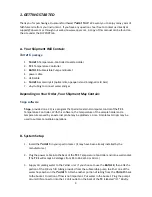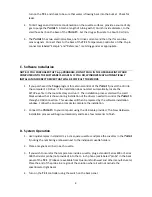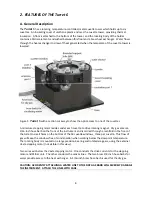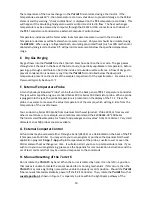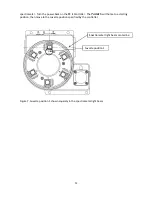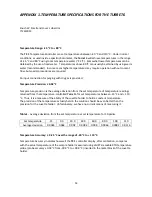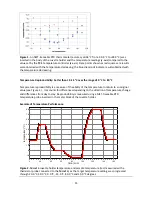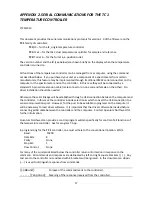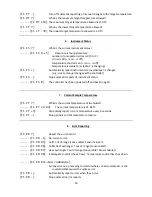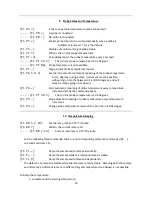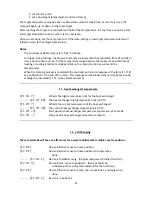
17
APPENDIX 2. SERIAL COMMUNICATIONS FOR THE TC 1
TEMPERATURE CONTROLLER
7/26/2013
This document provides the serial communications protocols for version 1.0 of the firmware on the
TC 1
family of controllers:
TC 1
/t2 – for the t2, single temperature controller
TC 1
/t2x2 – for the t2x2, dual temperature controller for sample and reference
TC 1
/Turret 6 – for the Turret 6, 6‐position turret
The version number and the ID (see below) are shown briefly on the display when the temperature
controller is turned on.
All functions of the temperature controller can be managed from a computer, using the command
set described below. If you purchased your unit as a component of a spectrometer from certain
manufacturers, this feature may be implemented through traditional RS232 serial connectors on the
computer or the spectrometer and on the controller. In this case they will be connected by a
standard 15‐pin serial extension cable (male connector on one end and female on the other). No
driver installation should be needed.
Otherwise the serial linkage will be established through a USB connection between the computer and
the controller. In this case the controller includes electronics which convert the USB connection to a
serial communications port. However, for the port to be available to programs on the computer it
will be necessary to load driver software. It is important that the driver software be loaded before
connecting a USB cable between the controller and the computer. Contact Quantum Northwest for
further information.
Quantum Northwest can provide a control program written specifically for control of all functions of
the temperature controller. Ask for program T‐App.
In programming for the
TC 1
controller, one must adhere to the conventional notation: 8/N/1.
Baud:
19200
Data Bits:
8
Parity:
None
Stop Bit:
1
Flow Control:
None
For many of the commands listed below the controller returns information in response to the
command. All commands and responses are delineated by left and right square brackets ( [ ] ). Any
text sent to the controller not enclosed within brackets will be ignored. In this document an ellipsis
(……) is used to distinguish responses from commands.
[command]
Purpose of the command (sent to the controller).
......[response]
Meaning of the response (received from the controller).

